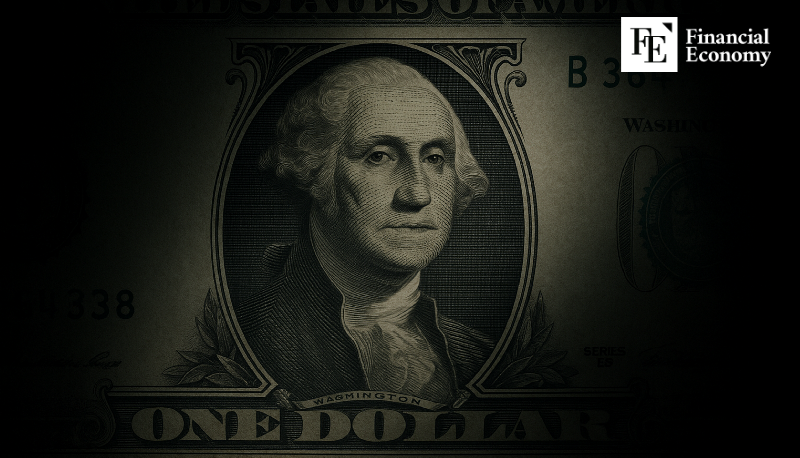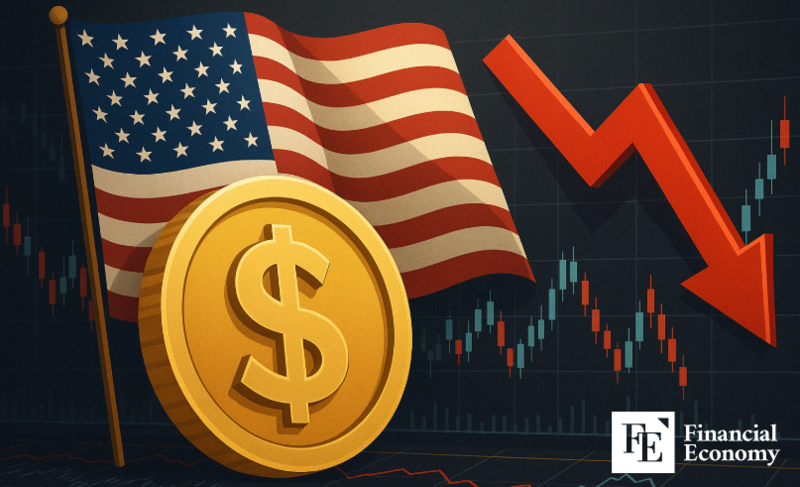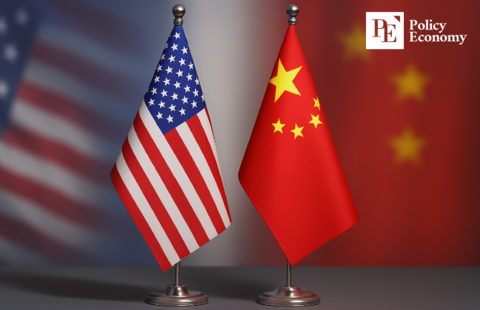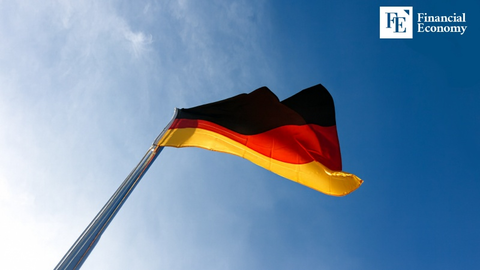Shaken Dollar Status: ‘Tariff, Tax Cut Bill, Fed Pressure’—Trump Risk Erodes Safe-Haven Appeal
Input
Modified
Dollar weakens due to Trump tariffs Weakening US fiscal confidence, uncertainty, and other negative factors Tax cuts and Fed pressure also weigh on dollar value

The U.S. dollar is projected to deviate from its traditional role as a safe-haven asset and may increasingly be traded like a risk asset. Although this transition may not materialize immediately, warnings are being raised that the dollar’s volatility could be significant in the short term. Analysts say this stems not from a mere phase of exchange rate adjustment, but from deeper, structural policy risks. The Trump administration’s tariff policy and its pressure campaign shaking the independence of the Federal Reserve are emerging as key factors undermining confidence in the dollar.
Concerns Over Safe-Haven Status
According to Bloomberg on the 10th (local time), analysts at global investment bank Goldman Sachs, including Karen Reichgott, stated in a recent report that “Although the dollar has shown some stability recently, this could be a temporary phenomenon.” They cited tariffs, policy uncertainty, concerns over fiscal soundness, and diversification away from U.S. assets as potential risk factors for the dollar.
The analysts highlighted that the dollar has plummeted this year following President Trump’s threats to impose strong tariffs on global trading partners. This has even sparked speculation that the dollar’s traditional role as a safe asset could undergo permanent change. Goldman Sachs wrote, “Due to shifting correlations, dollar strength during risk-off episodes can no longer be taken for granted.”
Data compiled by Bloomberg show that while the dollar appeared to stabilize in recent weeks, it continues to trade like a risk asset by some indicators. In particular, the correlation between the dollar and the G10 currency volatility index is now approaching its lowest level in seven years. This suggests that instead of drawing capital during market stress, the dollar is acting as a source of volatility. For the past 15 years, the dollar has generally maintained a strong positive correlation with the G10 volatility index, but that relationship has now substantially weakened.
Downward Pressure from Trump Risk
The tax cut bill passed by Congress on the 3rd, titled the “One Big Beautiful Bill Act” (OBBBA), is also being cited as a factor accelerating dollar weakness. The bill includes increased defense spending, construction of a border wall, elimination of taxes on service workers’ tips, and cuts to low-income healthcare subsidies. It is projected to expand the U.S. fiscal deficit by about $3 trillion over the next ten years.
As of May, the U.S. fiscal deficit stands at $36.22 trillion. Global credit rating agency Moody’s downgraded the U.S. credit rating from its highest AAA level by one notch in May, citing the sharp rise in fiscal deficits. A ballooning deficit necessitates increased issuance of government bonds, which in turn pushes up interest rates and exacerbates the government’s debt-servicing burden, leading to a vicious cycle.
President Trump’s pressure on Federal Reserve Chair Jerome Powell to cut rates is also toxic for the dollar’s value. Recently, Trump posted a handwritten message on his social media platform, Truth Social, stating that 34 countries currently have lower benchmark interest rates than the U.S., and urged that the current 4.25–4.5% rate be slashed to 1% or below. This apparent willingness to politically manipulate the central bank is increasingly seen as undermining global trust in the dollar.

Rising Demand for Gold and the Swiss Franc
As confidence in the dollar falters, markets are reassessing alternative safe assets. Chief among them is gold. So far this year, spot gold prices have risen about 30%, outpacing both the Japanese yen and U.S. Treasury bonds, and drawing attention from investors as a new safe-haven option. Central banks worldwide collectively purchased 144.6 tons of gold last year for reserves, marking the third consecutive year of buying over 1,000 tons. The European Central Bank recently announced that gold had surpassed the euro to become the second-largest component of its foreign exchange reserves. As of the end of last year, gold accounted for around 20% of total reserves.
Nikos Kavalis, Managing Director at commodity investment consultancy Metals Focus, explained, “U.S. Treasuries, other countries’ bonds, and even currencies are ultimately investments in a country’s economy. But gold is no one’s liability.” Unlike bonds, gold carries no counterparty risk, which adds to its appeal. Bart Melek, strategist at Canada’s TD Securities, noted, “Gold has intrinsic value. That means there is no obligation of repayment by governments or private entities.” He added, “The buying activity of global central banks further enhances gold’s appeal as a safe asset.”
Demand for the Swiss franc has also surged. Political neutrality, fiscal stability, and a history of low inflation are driving the franc’s rise as a new safe-haven currency. Wealthy investors across Europe are reportedly reducing their dollar holdings while increasing their allocation to franc-denominated assets. Saroj Bhattarai, a professor at the University of Texas at Austin, stated, “The safe-haven assets currently favored by markets are the Swiss franc and gold. The U.S. now looks like an emerging market. Policy uncertainty is raising risk premiums, driving up long-term interest rates, and pulling down the value of its currency.”





















